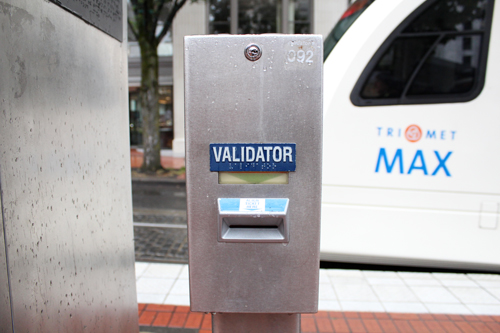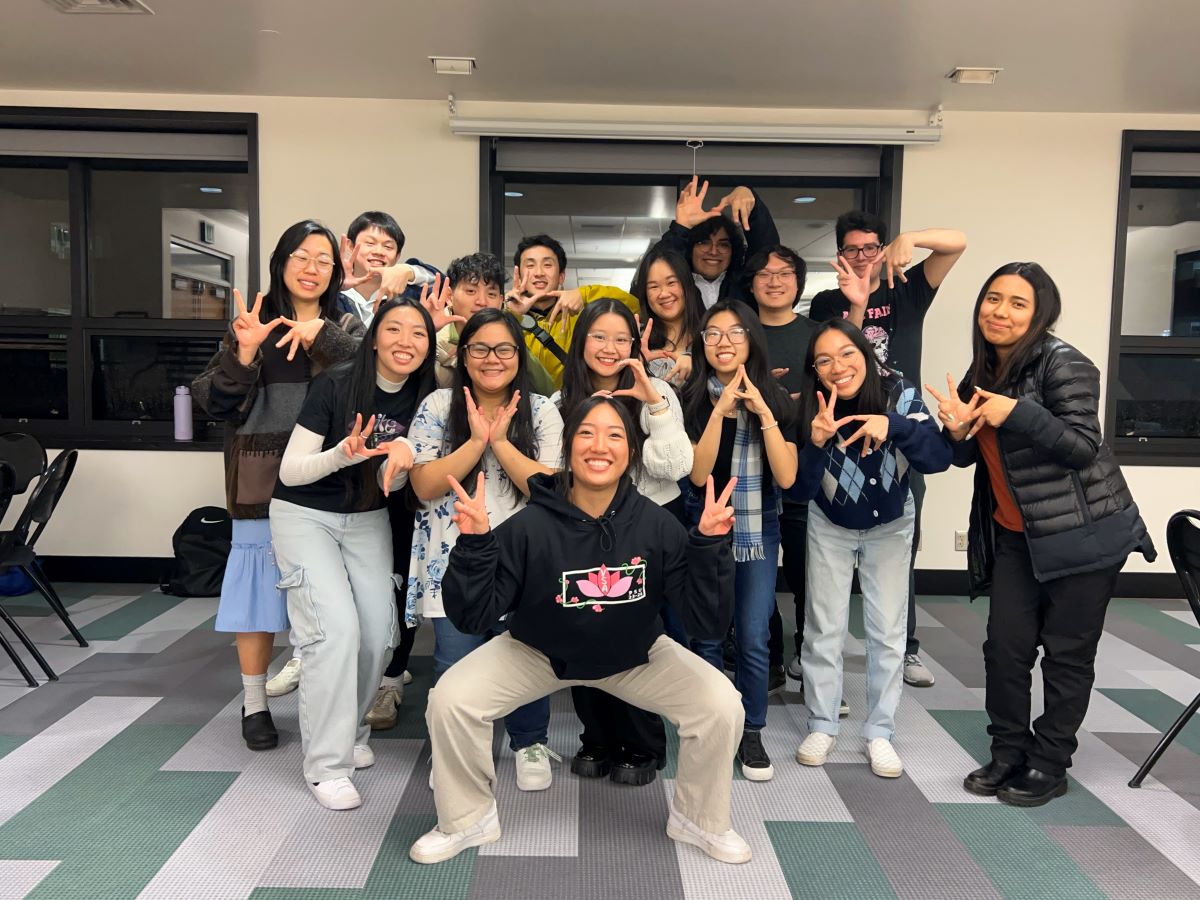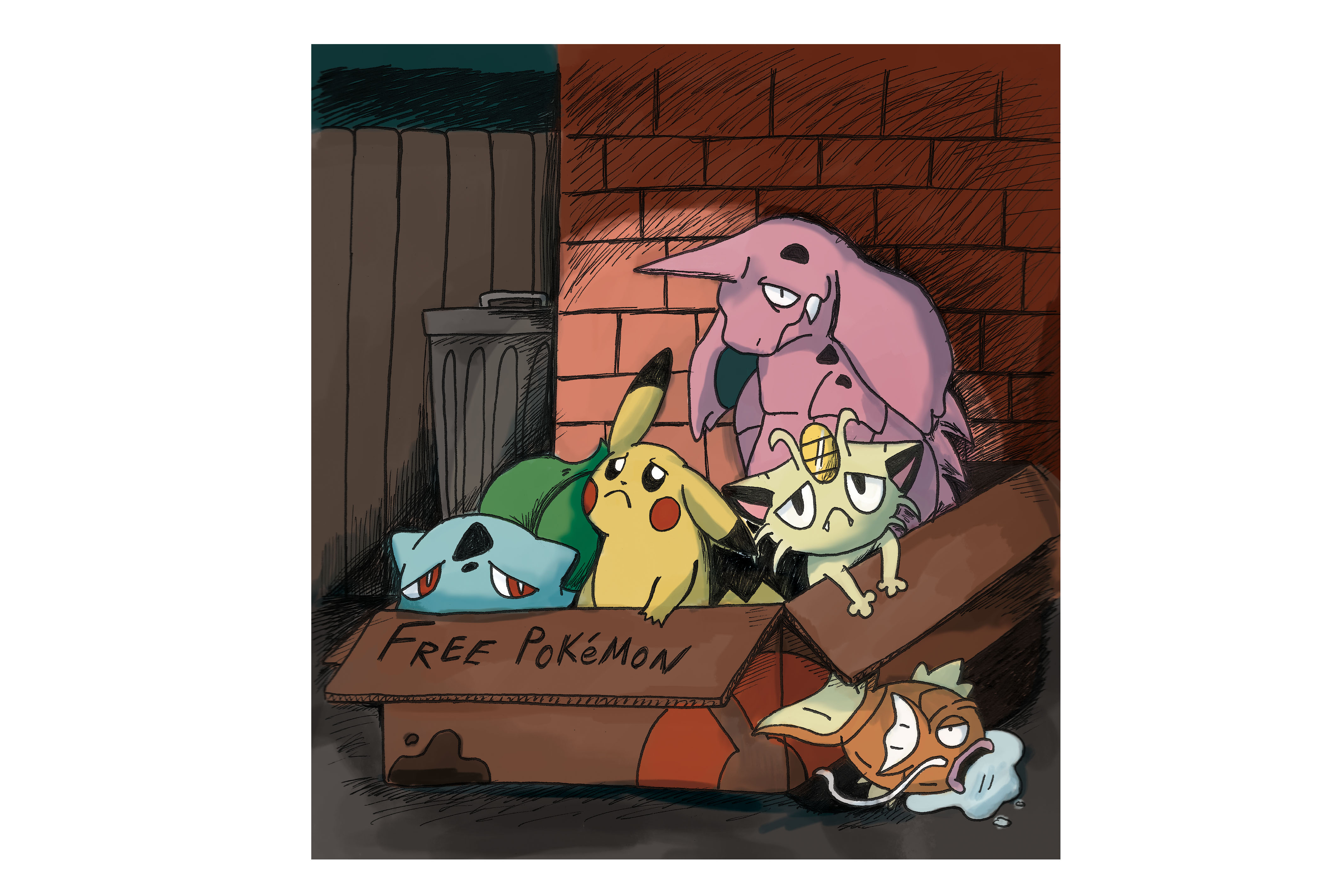If your university has a visual arts program, I would bet there is at least one art gallery on campus. Portland State has six. While art students might be aware of some, they might not know all of them. But what if you aren’t an art student? Do you know about the galleries on your campus? Do you visit them? Why or why not?
At schools across the country, many students either don’t know about their campus art galleries or don’t visit them. Students might wander into a gallery out of curiosity if they happen to find themselves nearby, but the majority tend to walk past or not even be in the vicinity. This is often a result of gallery locations: many universities have their art spaces tucked away out of sight. Even when galleries are visible, student attendance is often low. Disconnection and lack of relevance contribute to feelings of apathy toward these spaces.
One of the major dilemmas is the tendency to create sequestered, insular environments, a trait common to academic departments and student galleries alike. The enclosed and intense nature of art programs can leave art students discouraged from interacting with students outside their department. Art curricula emphasize an art-world oriented discourse, with students prioritizing art for other artists or collectors over art for the public. Art tends to be made for the art crowd.
University galleries follow suit, developing and advertising shows primarily to and for art people. Selected artworks and their associated statements might go totally over viewers’ heads unless they’ve taken the art classes to understand the works’ artspeak, formal elements, concepts or historical context. Galleries don’t usually seek methods to make outsiders feel encouraged or welcomed. The entire nature of art galleries can throw people off and alienate them.
It’s like being a vegetarian and going to a non-vegetarian restaurant. Sure, the management might say they want vegetarians to visit their restaurant, but unless they augment their menu, they won’t get many vegetarian customers.
Visiting a gallery may not even feel like it’s worth anything to students. Who has the time for it, right? When student galleries don’t appear to offer you anything of value, it’s hard to find the motivation to spend time in one. A lot of folks find art irrelevant and totally separate from their lives, especially contemporary art. Why seek out art galleries, even the ones on your own campus, if you don’t expect art to do anything for you?
University galleries may also show the work of local artists and may even prefer work from outside the school over student art. This can leave both art majors and other students out in the cold, and can be particularly prevalent in spaces that take pride in functioning like a professional gallery. In practice, this is a means to attract wealthy attention from the community.
Disconnection is the big word here: University galleries and students are disconnected from each other. Students have no reason to visit their local galleries; galleries don’t give them an incentive. It’s no wonder students don’t actively look for campus galleries—they may expect disappointment and a stale experience.
How can we change this relationship between galleries and students?






